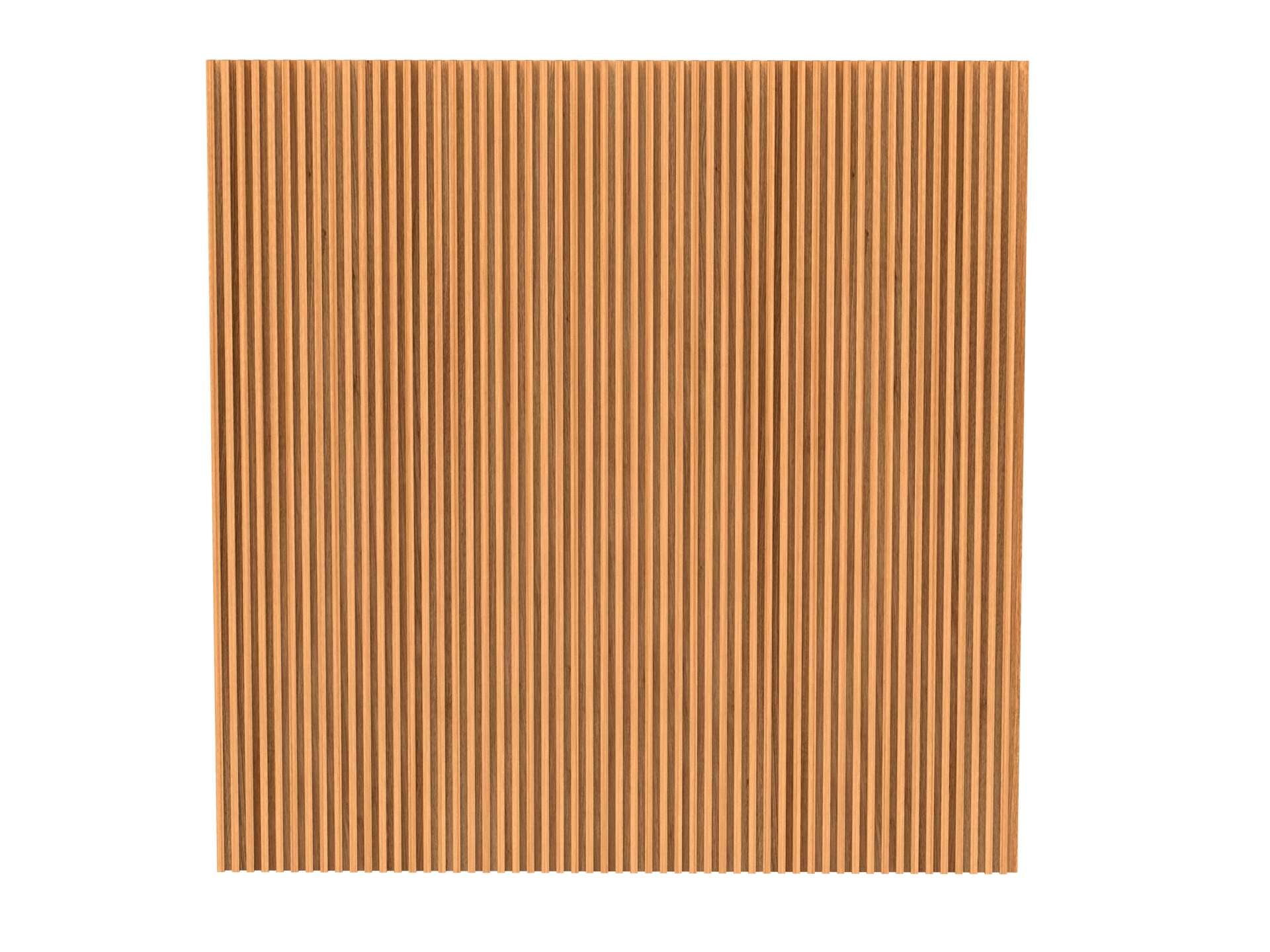Description
Materials and Types: Firstly Wooden-Wall-Paneling can be crafted from various types of wood, including hardwoods like oak, teak wood, walnut, maple, cherry, or softwoods like pine, cedar, or fir. Each type of wood offers unique grains, colors, and textures, allowing for diverse design possibilities. Some panels feature solid wood construction, while others may use engineered wood products like plywood or MDF (medium-density fiberboard) with a wood veneer.
Styles and Designs:
- Additionally, Wood paneling comes in a wide range of styles and designs to suit different interior aesthetics. Common styles include:
- Traditional Tongue-and-Groove: Panels with interlocking edges that fit together seamlessly.
- Beadboard: Panels with narrow vertical planks featuring decorative grooves or beads.
- Shiplap: Horizontal panels with overlapping edges, popular for creating a rustic or coastal look.
- Raised or Flat Panels: Panels with raised or recessed patterns, resembling classic wainscoting.
- Moreover Design options also include geometric patterns, textured surfaces, or custom designs carved into the wood, allowing homeowners and designers to personalize their spaces.
Installation: Wooden wall panels can be installed using various methods, such as adhesive, nails, or screws, depending on the panel type and wall surface. Some panels come in interlocking or peel-and-stick designs for easier DIY installation. Proper installation ensures a secure fit and seamless appearance, enhancing the overall look of the room.
Applications:
Also Wooden-Wall-Paneling is suitable for a range of interior applications, including:
- Living Rooms: Creating focal walls behind sofas or fireplaces, adding warmth and elegance.
- Bedrooms: Installing panels as headboard walls or accent walls for a cozy, intimate feel.
- Dining Areas: Similarly Enhancing dining spaces with wooden wainscoting or decorative wall panels.
- Home Offices: Incorporating paneling for a sophisticated and productive workspace.
- Commercial Spaces: Adding wood paneling in restaurants, hotels, or retail environments to create a welcoming ambiance.
Benefits:
- Aesthetic Appeal: Wooden wall paneling adds natural beauty and warmth to any room, complementing various decor styles.
- Texture and Depth: Panels create visual interest and texture, making rooms feel more dynamic and inviting.
- Insulation and Acoustics: Wood panels can provide some level of thermal insulation and help absorb sound, enhancing comfort.
- Durability and Longevity: High-quality wood panels are durable and can withstand wear and tear, lasting for many years with proper maintenance.
- Versatility: Wood paneling can be stained, painted, or left natural, offering versatility in design options.
- Value Addition: Installing wood paneling can increase the resale value of a home by enhancing its appeal and character.
In conclusion, wooden wall paneling is a classic and versatile interior design choice that adds charm, warmth, and sophistication to residential and commercial spaces. Whether used to create rustic charm, traditional elegance, or modern simplicity, wood paneling remains a timeless option for enhancing the visual and functional aspects of interior environments.








Reviews
There are no reviews yet.